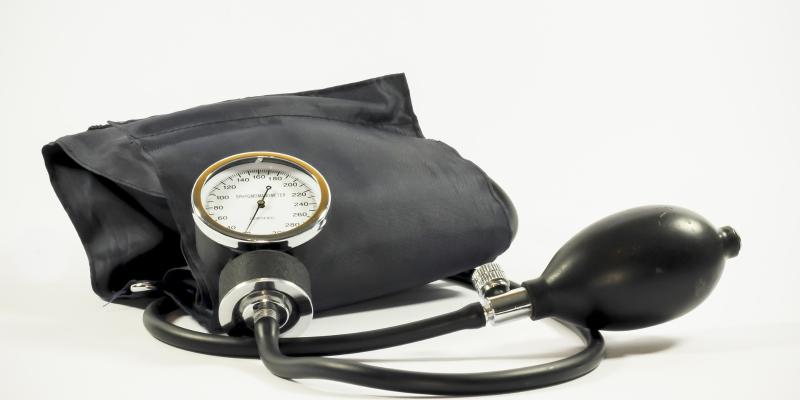Arterial hypertension does not hurt and is long completely asymptomatic, but its consequences can be devastating, with heart attack and stroke as the primary outcomes. In Poland, it affects about 10 million people, with one third of cases being undiagnosed.
Hypertension is a chronic disease of the circulatory system, involving continuously elevated blood pressure.
Consequences
Hypertension is the most frequent circulatory risk factor. It leads to accelerated blood-vessel breakdown and, consequently, to the development of arteriosclerosis. This, in turn, results in a high risk of heart attack and stroke.
In addition, the disease damages heart valves, and induces left-atrium accretion and coronary heart disease. It further leads to kidney and circulatory failures and dementia.
As reported by the World Health Organisation (WHO), the disease can be diagnosed when blood-pressure measurements performed on different days show 140/90 mmHg or higher. The first value is systolic blood pressure, while the second - diastolic pressure. The optimum blood pressure is below 120/80.
Symptoms
For many years, hypertension might not manifest itself in any symptoms, and even when it does so, they are hardly characteristic, including e.g. headaches, hyperexcitability, easy fatigability, insomnia, heart palpitation, and redness on face or on neck.
Most often hypertension is diagnosed by GPs, who can order some additional diagnostic tests to determine the cause of the condition or refer the patient to a specialist.
The key to the early diagnosis of hypertension is regular monitoring of your blood pressure, says Prof. Danuta Czarnecka, President of the Polish Arterial Hypertension Society (PTNT). In her opinion, blood pressure should be checked during each appointment with a doctor. Devices for measuring it at home by patients themselves are also widely available.
Risk factors
Hypertension risk factors include diet rich in saturated fats, excessive salt consumption, lack of physical activity, being overweight or obese, excessive alcohol consumption, smoking and, last but not least, stress.
WHO statistics show that the age of hypertensive patients continues to decrease, which results from issues such as overweight and obesity problems contributing to hypertension.
A substantial majority of cases involves essential hypertension, also known as primary or idiopathic hypertension. The other instances are secondary in nature and may be caused i.a. by chronic kidney disorders and neurological problems.
Treatment
Hypertension is treated with drugs, sometimes throughout the entire life. It might take several months to choose suitable medications.
Some of the diagnosed patients receive inaccurate treatment, Prof. Czarnecka believes. This is mainly due to doctors' failure to adjust the therapy even though no satisfactory effects have been achieved so far, she emphasises.
In addition to using the right medication, it is important to change your lifestyle and eliminate the risk factors. However, recommendations concerning this change are often trivialised by patients.
17 May marks the World Hypertension Day. This is an opportunity to measure your blood pressure and to raise the awareness of the disease as part of information campaigns.
For more information on this disease, please visit the PTNT's website.









Comments (0)